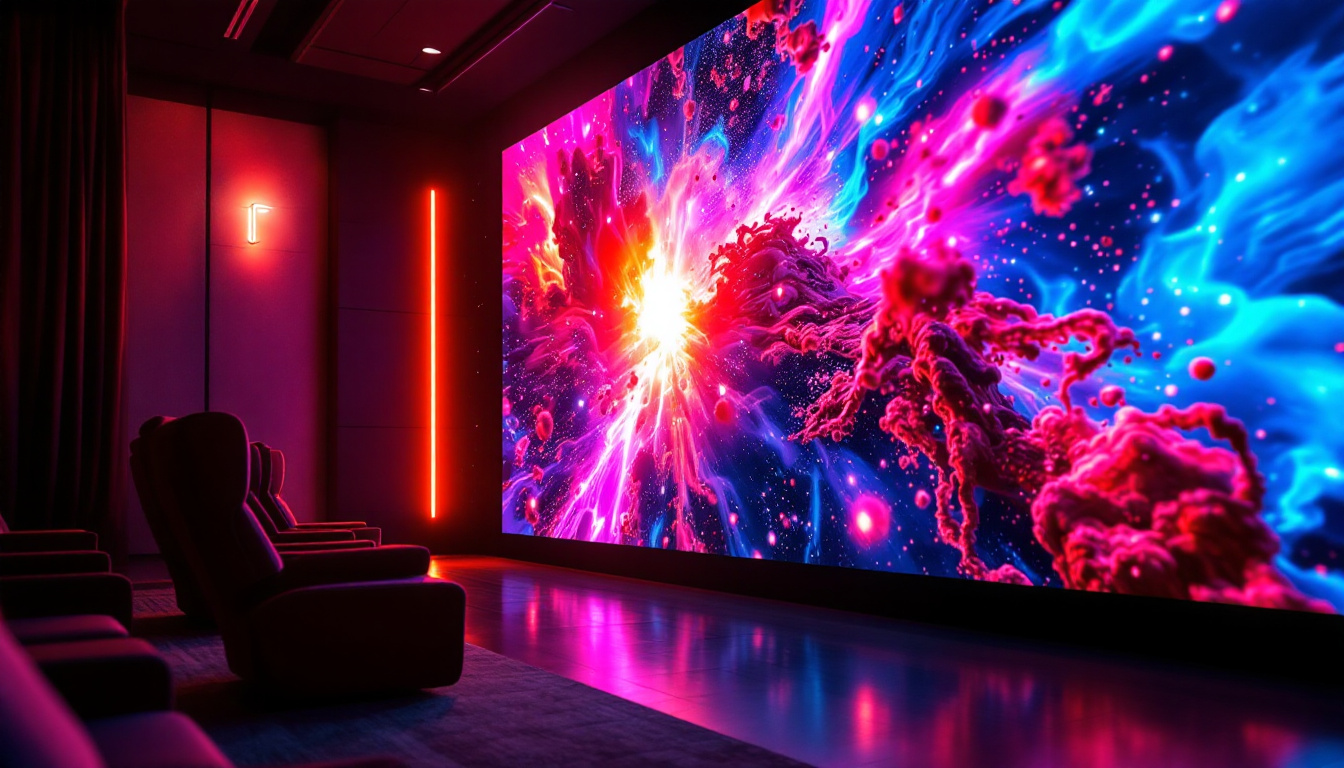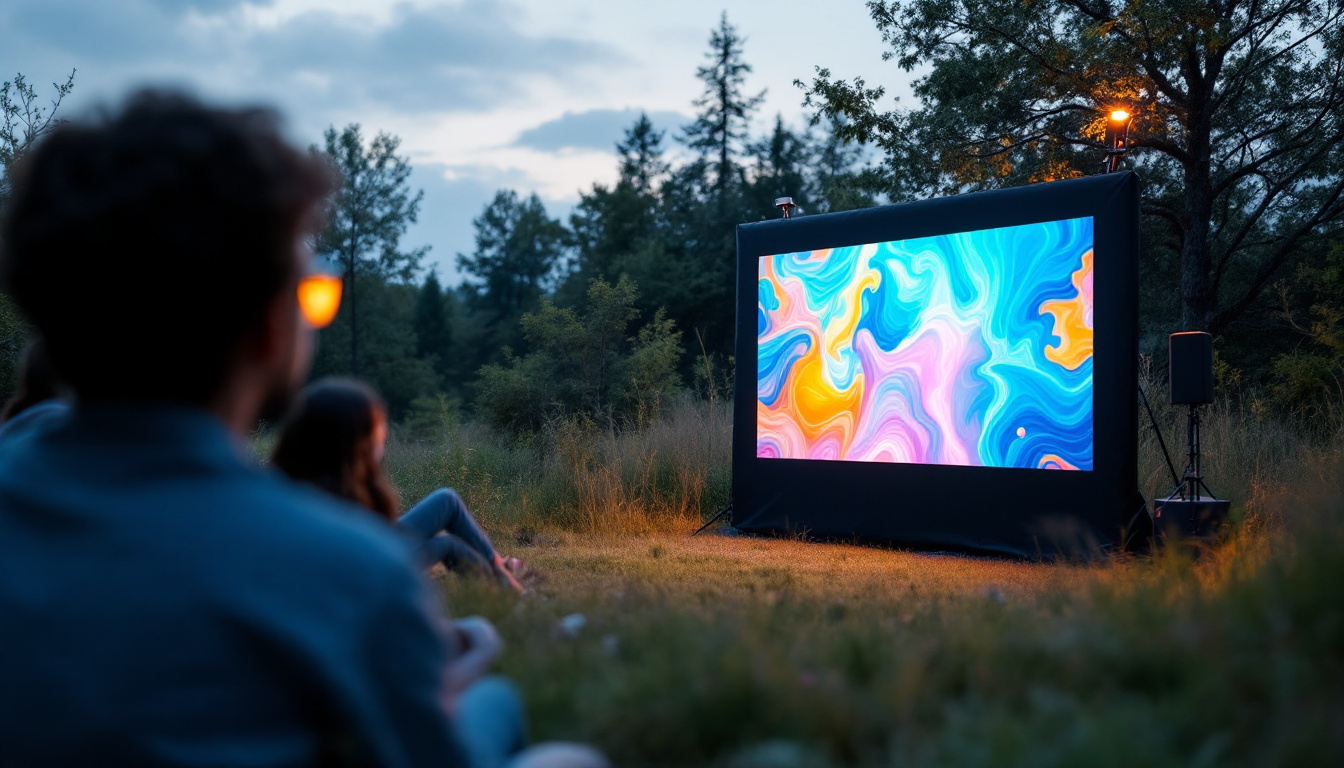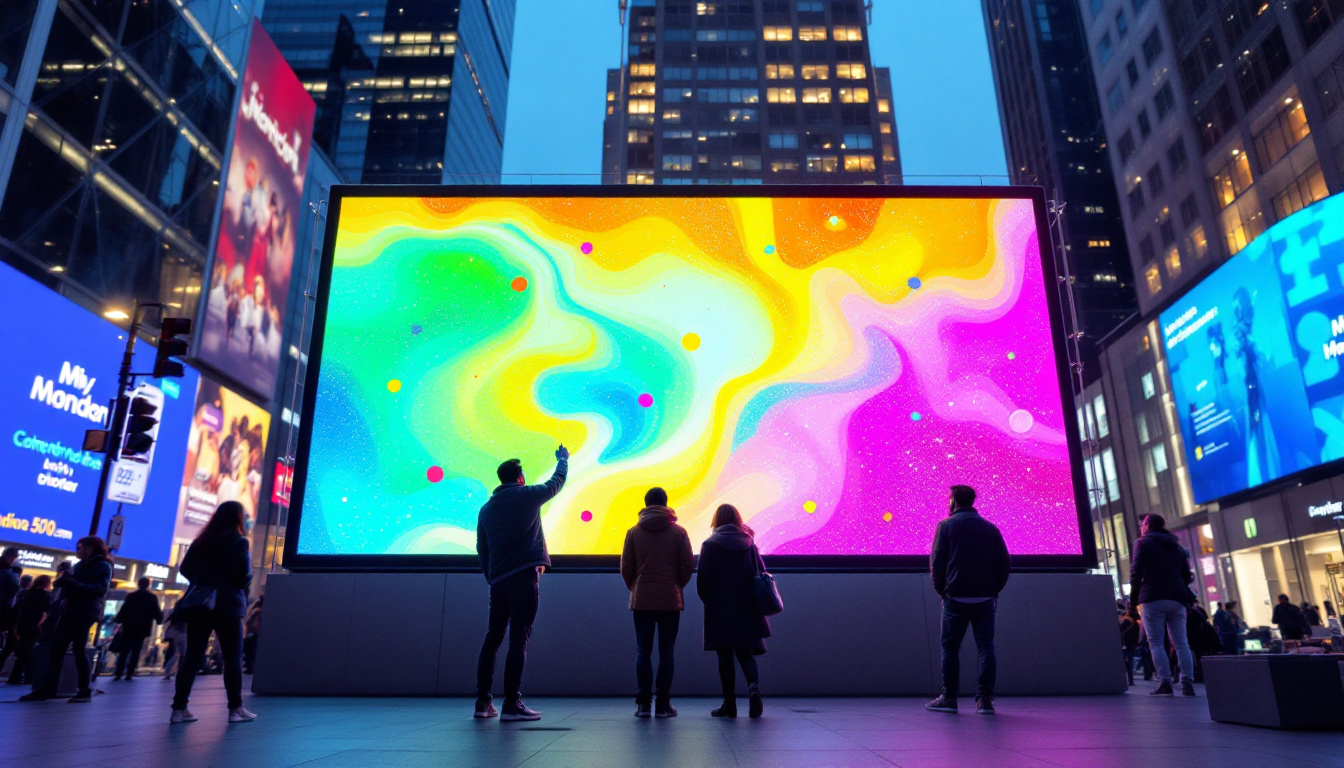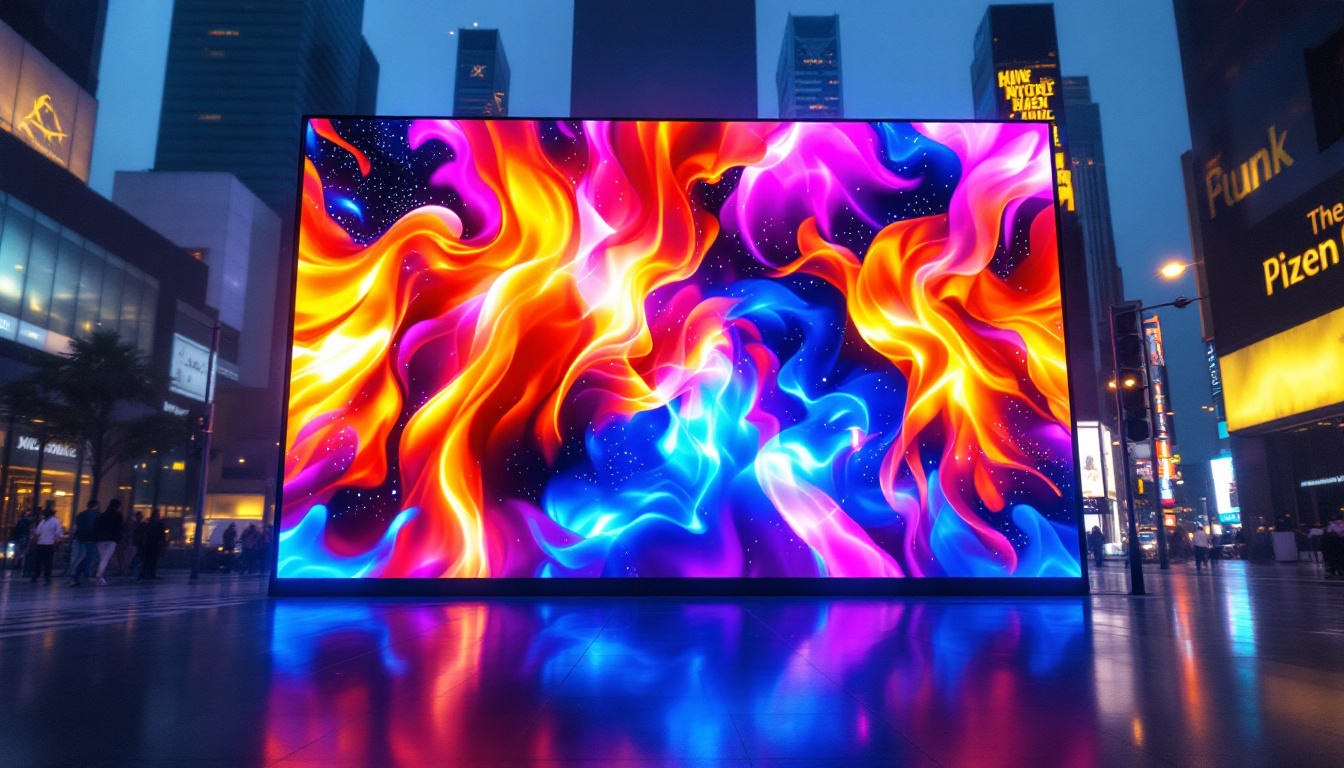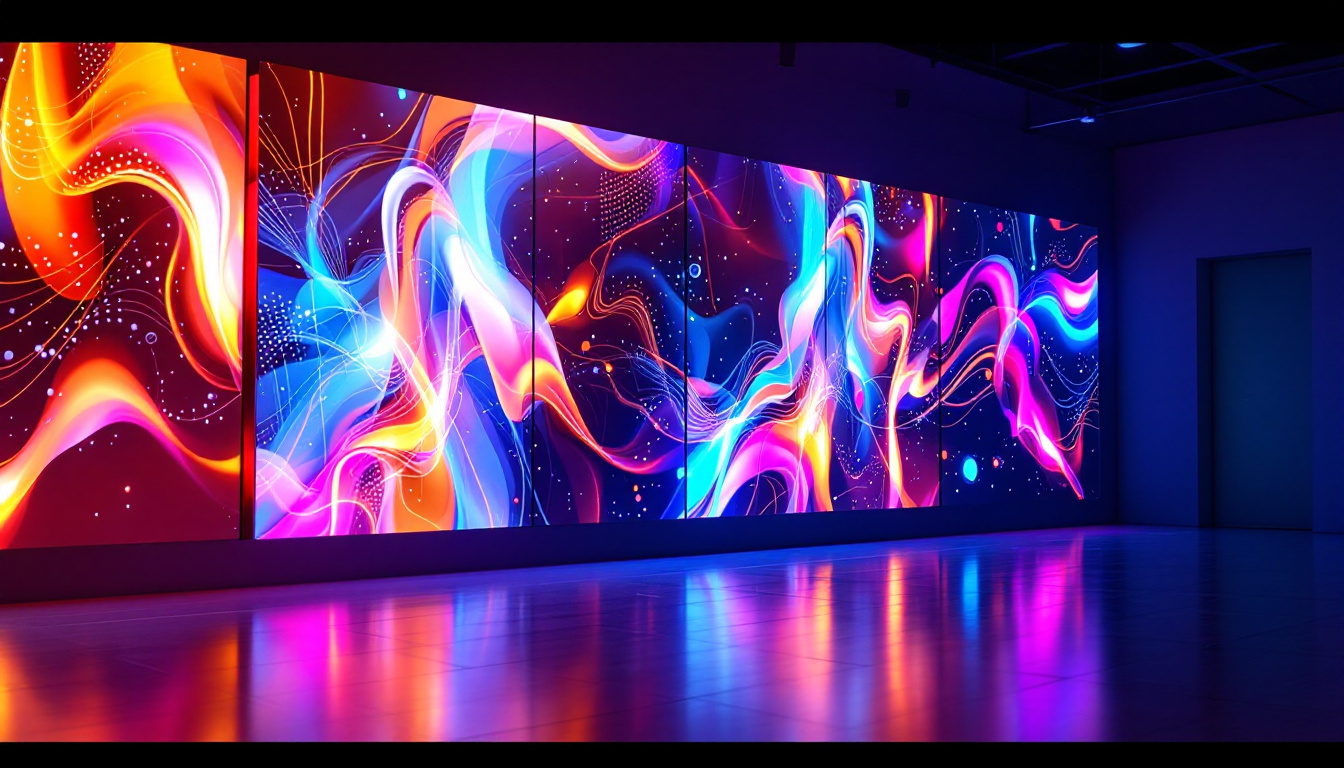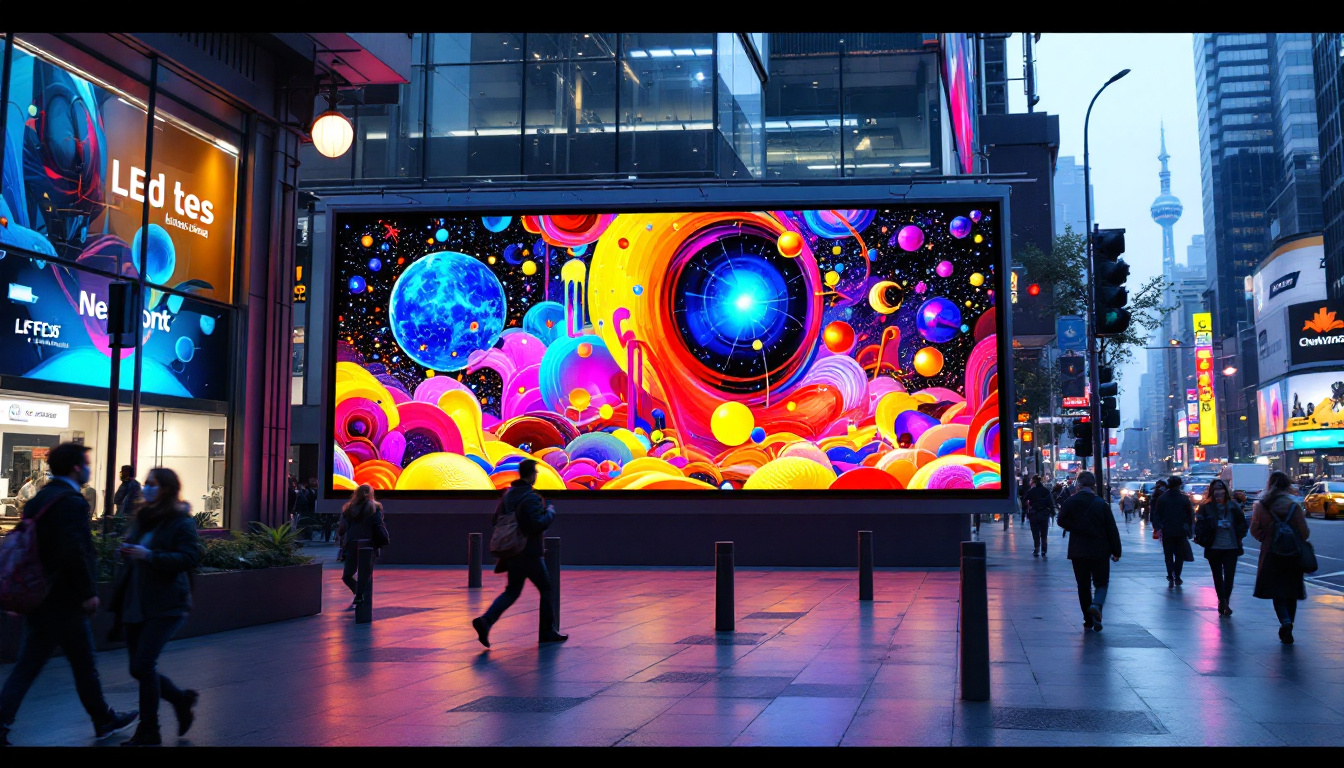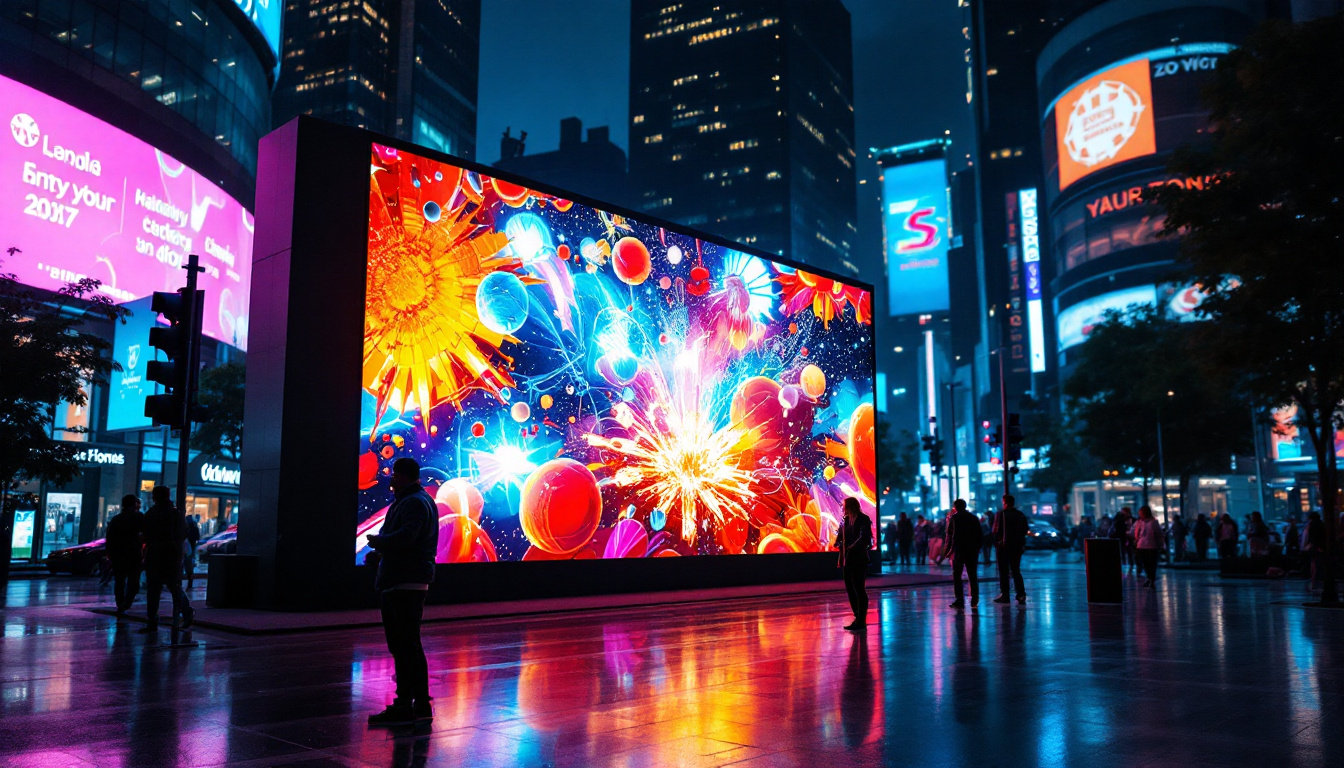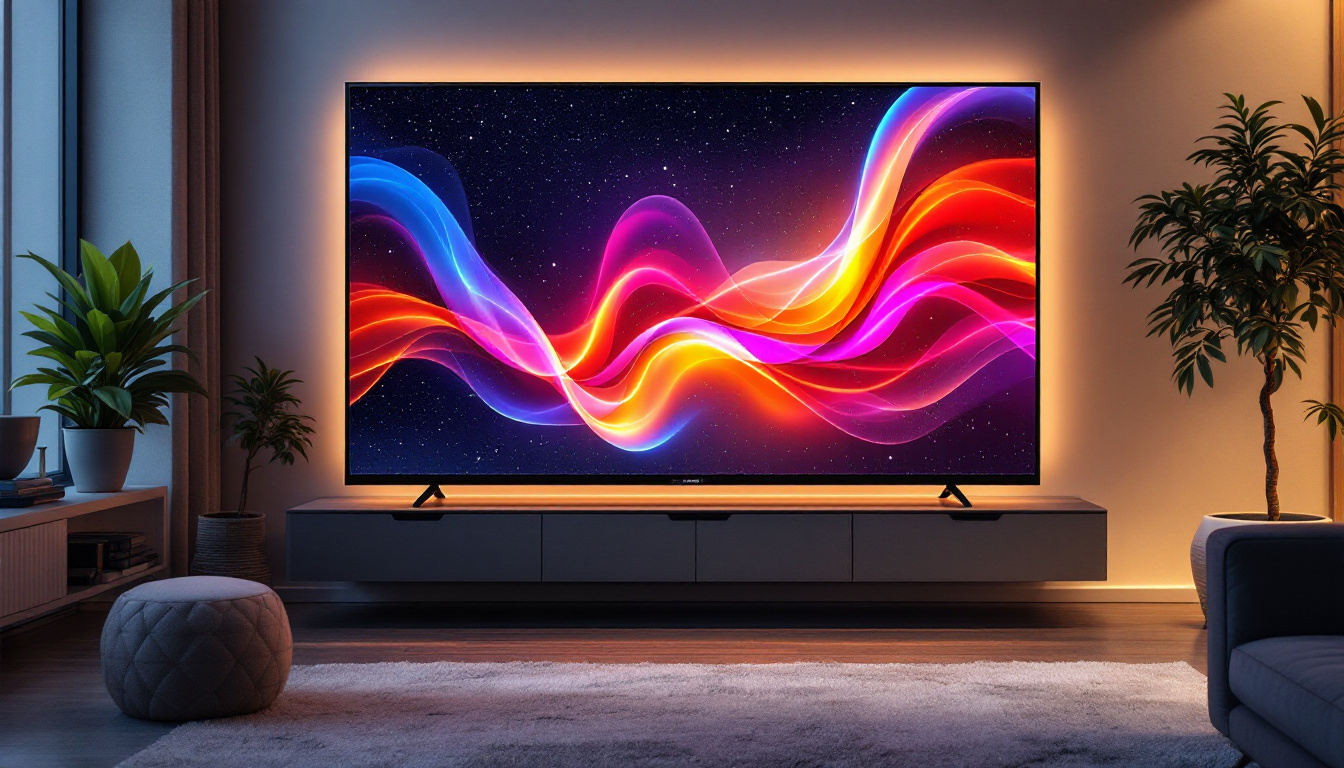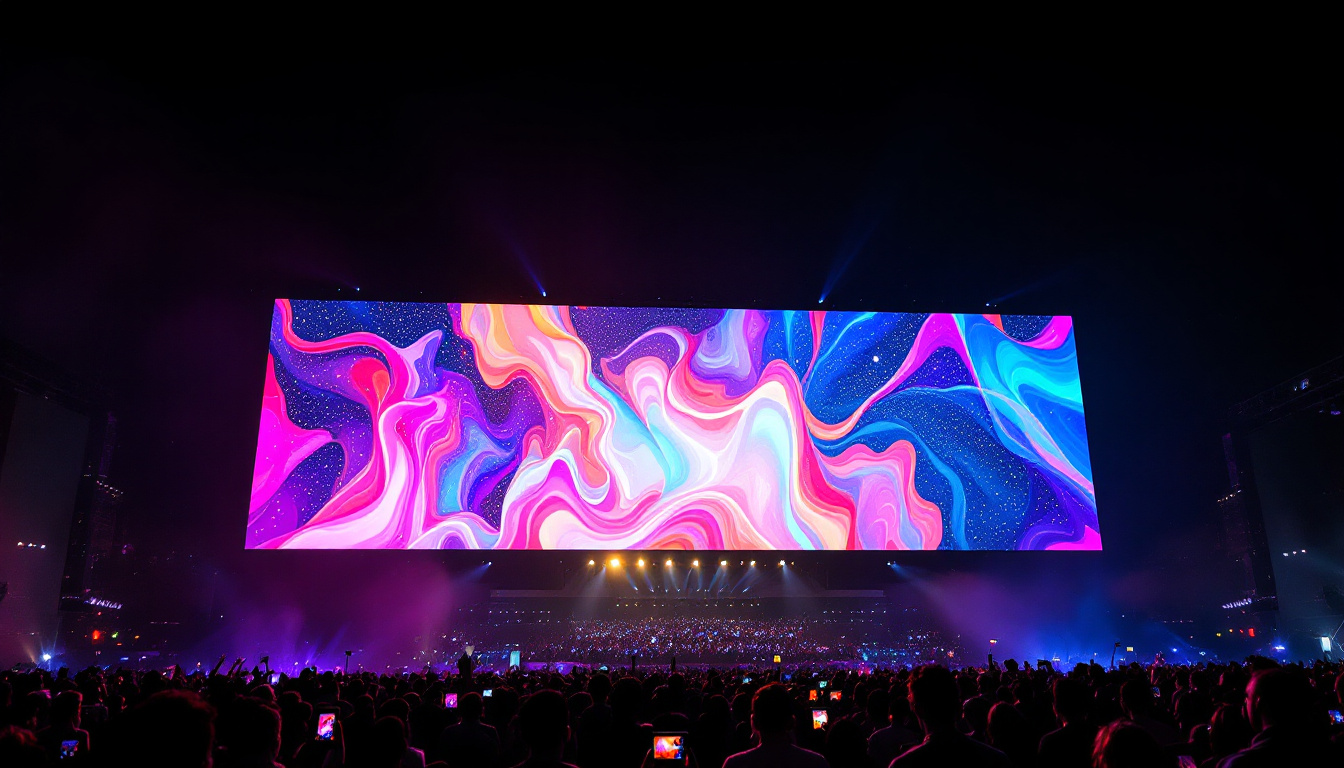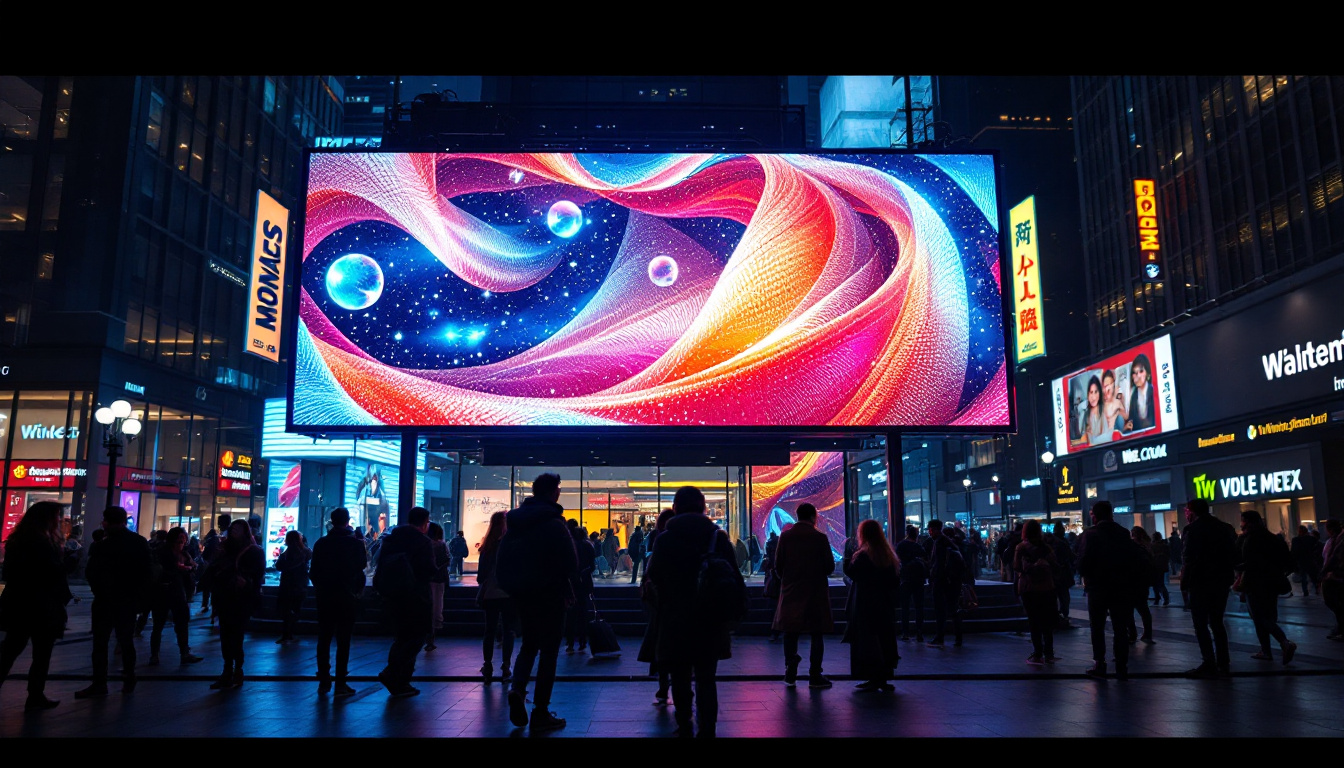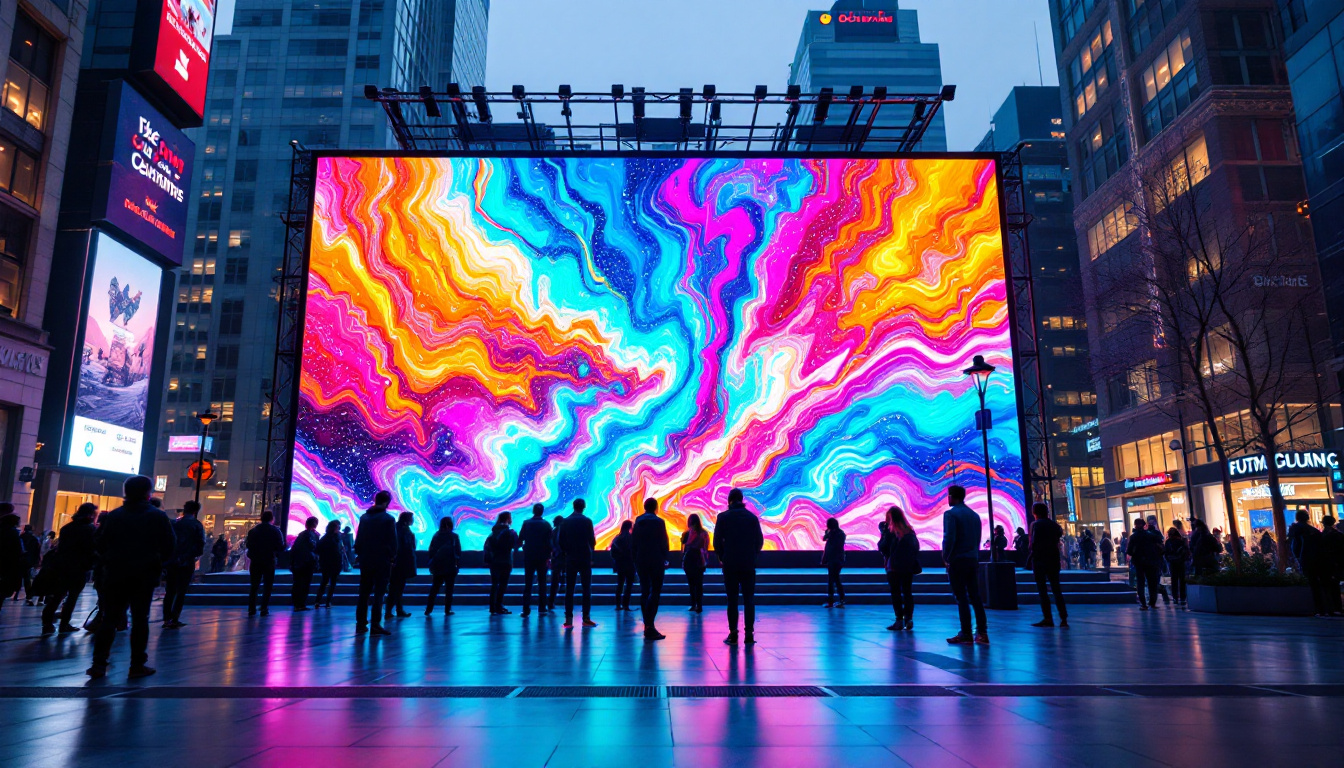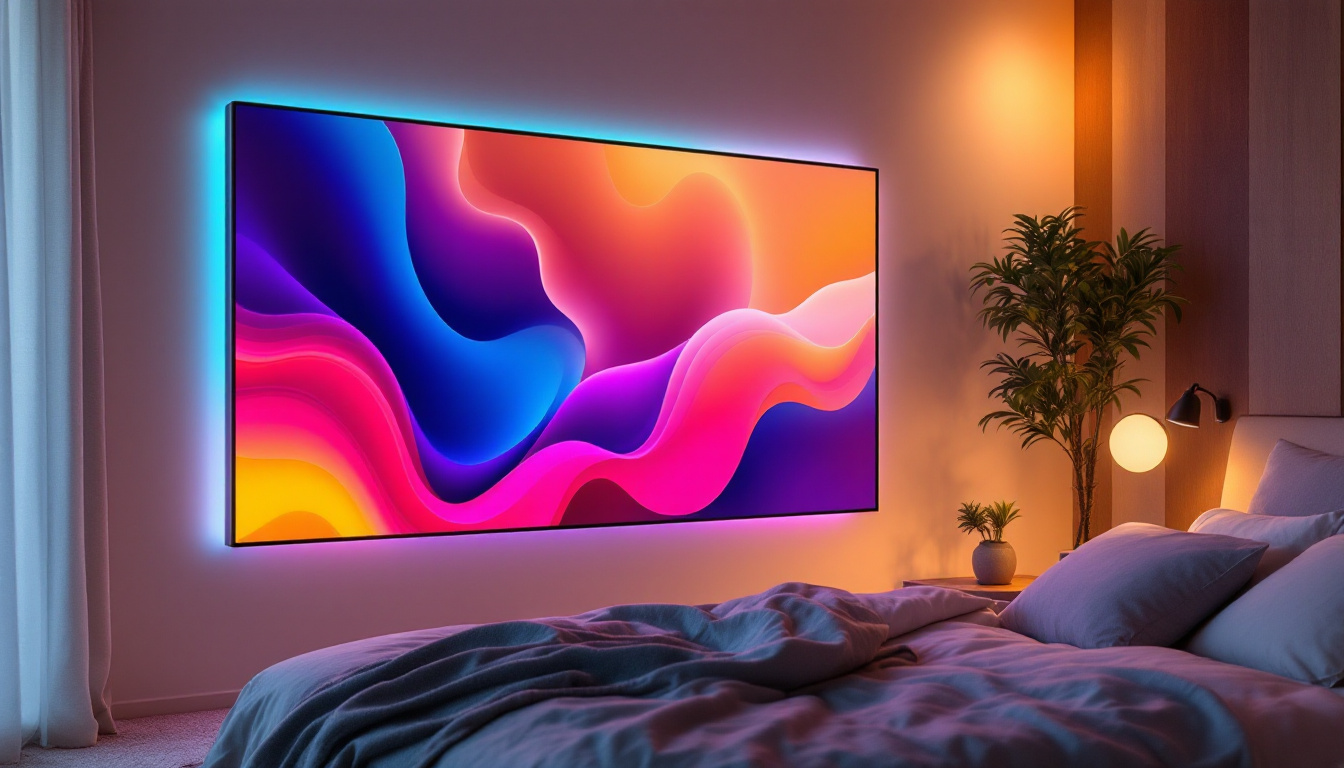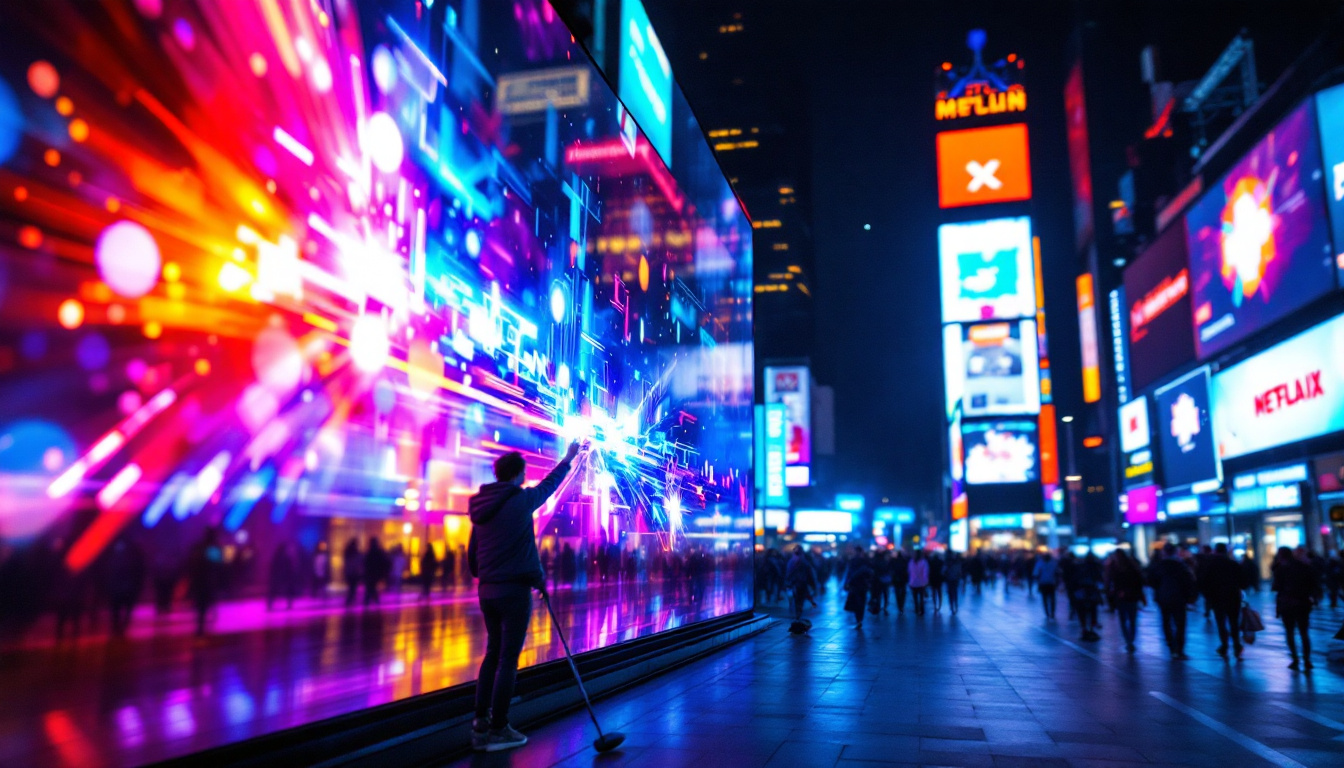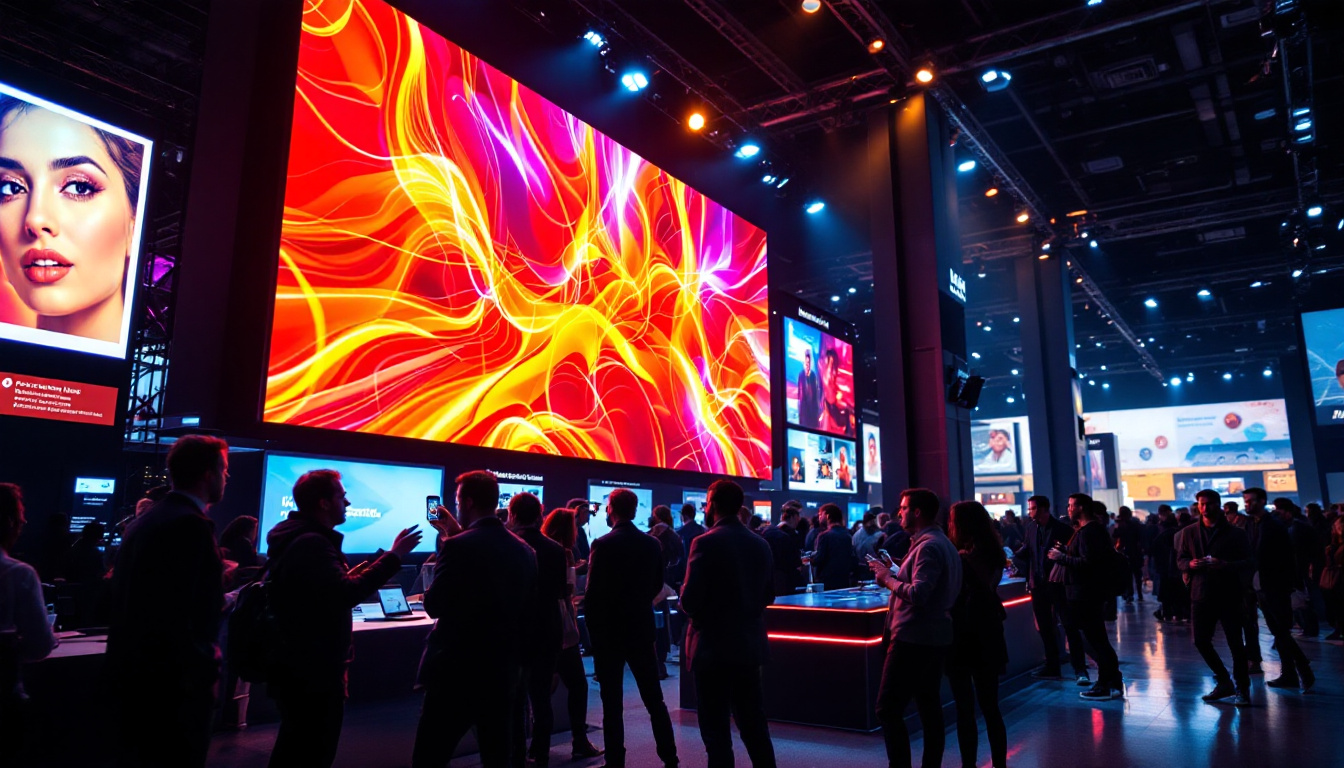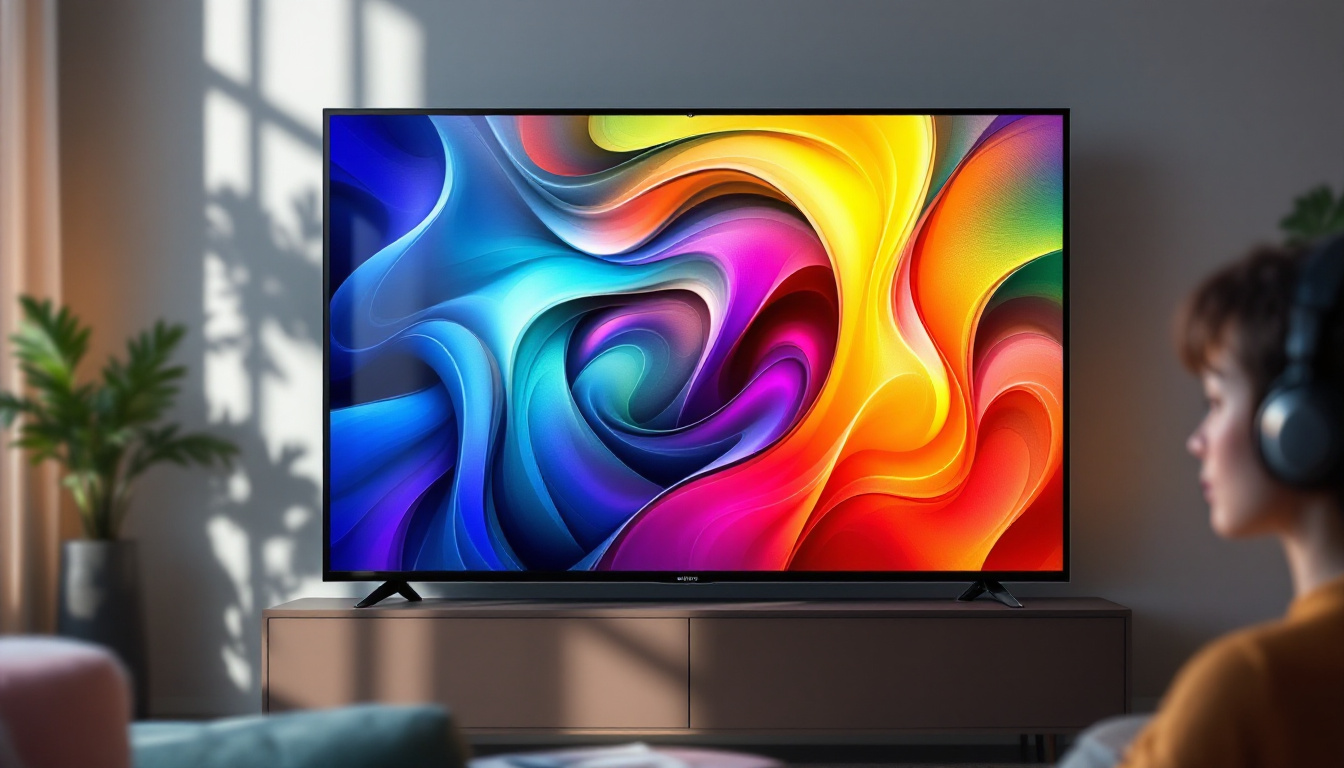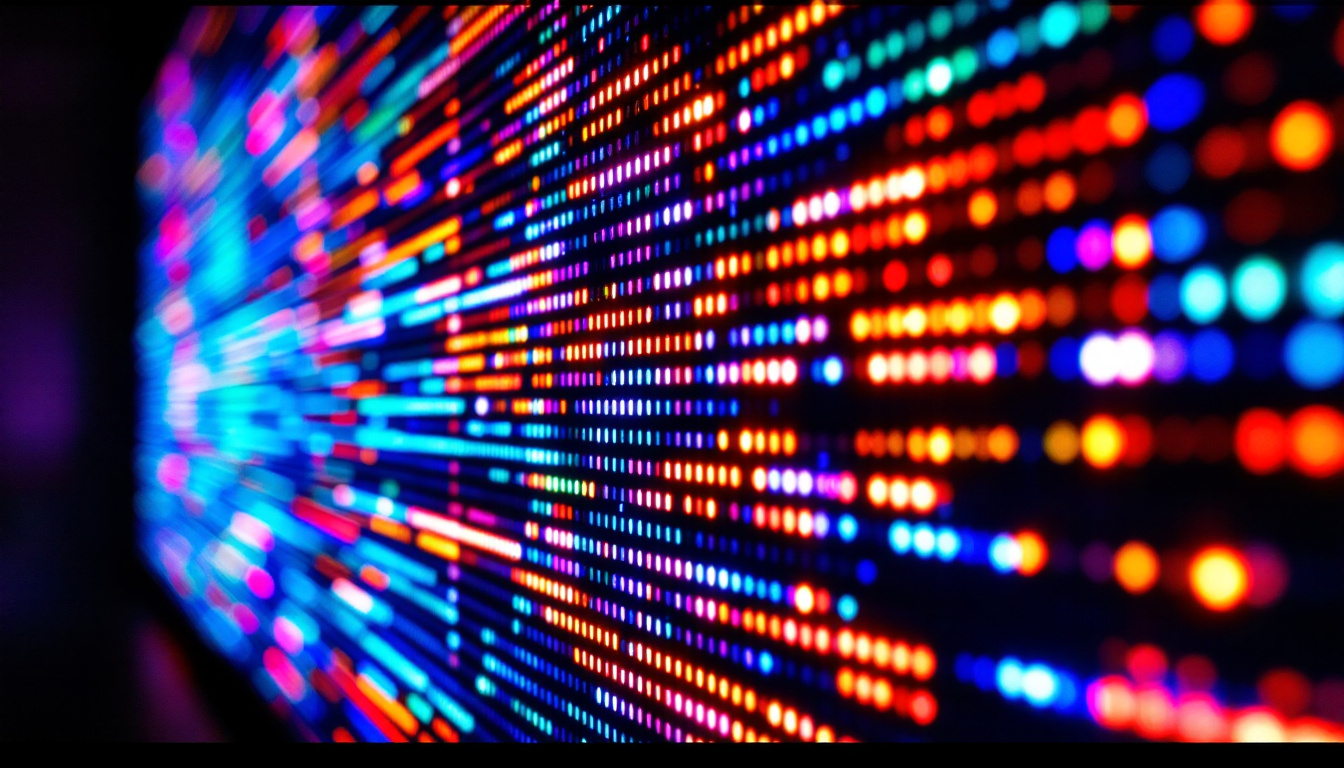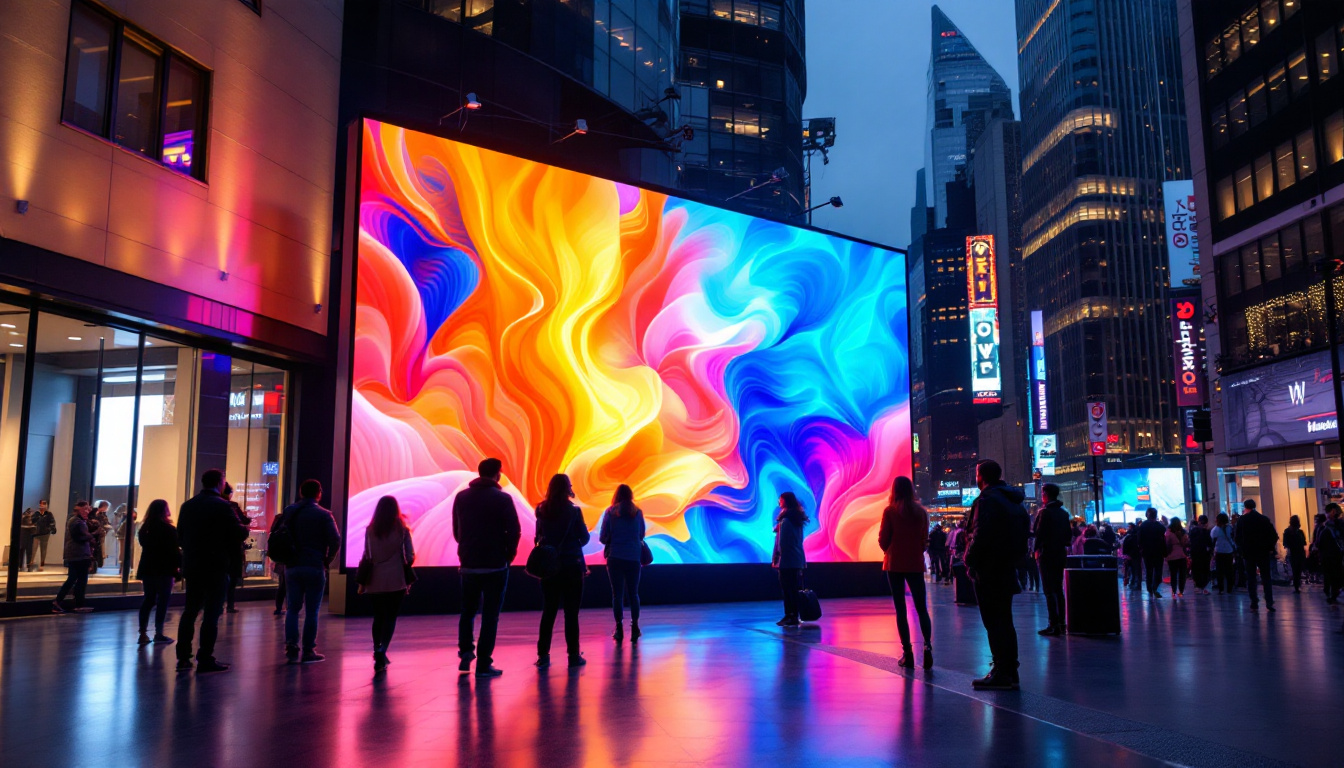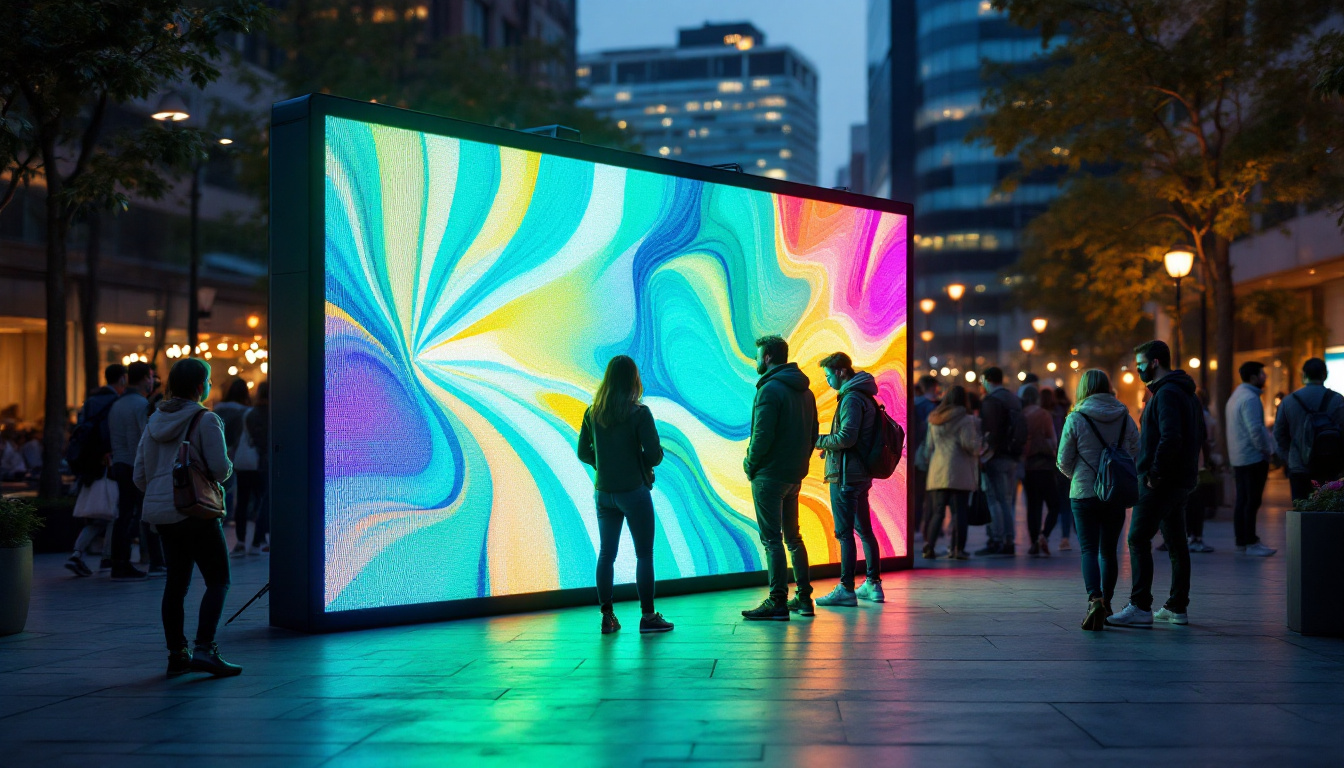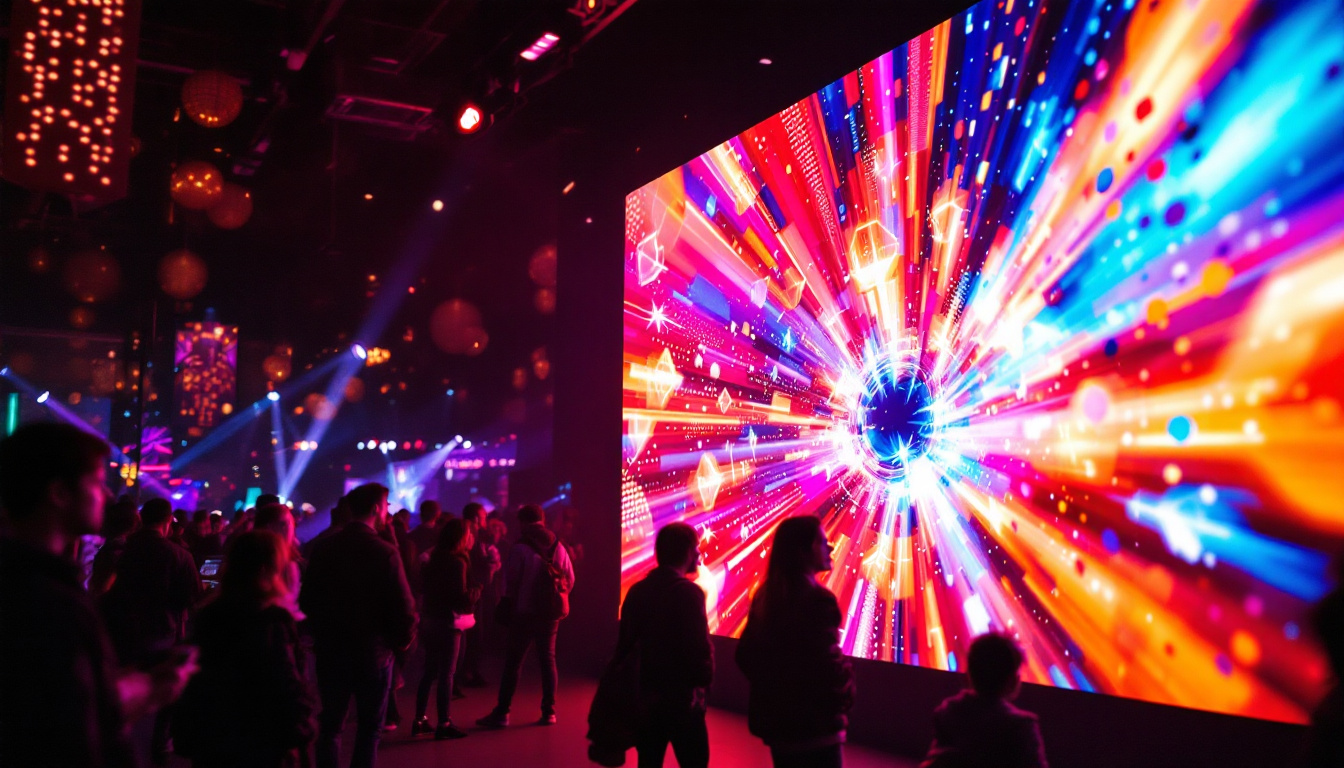In the world of cinema, the visual experience is paramount. The advent of LED display technology has revolutionized how movies are presented, offering vibrant colors, sharp images, and an immersive viewing experience. This article delves into the intricacies of LED displays used in movie screen walls, exploring their benefits, technology, and future prospects.
Understanding LED Technology
Light Emitting Diodes (LEDs) are semiconductor devices that emit light when an electric current passes through them. This technology has been adapted for various applications, including movie screens, where high brightness and energy efficiency are essential. The increasing demand for vibrant and dynamic displays in entertainment and advertising has propelled the evolution of LED technology, making it a cornerstone of modern visual experiences.
How LEDs Work
LEDs function by passing electricity through a semiconductor material, which then emits photons, creating visible light. Unlike traditional incandescent bulbs, LEDs are more energy-efficient and have a longer lifespan. This efficiency is particularly beneficial in large-scale displays, where power consumption can be a significant concern. Additionally, LEDs produce less heat compared to their incandescent counterparts, which not only enhances their longevity but also reduces the need for extensive cooling systems in large installations, further contributing to energy savings.
Types of LED Displays
There are several types of LED displays, each suited for different applications. The most common types include:
- Direct View LED: These displays consist of individual LED modules that can be assembled into large screens. They are known for their high brightness and can be used in both indoor and outdoor settings. This versatility makes them ideal for everything from concert stages to sports arenas, where visibility is paramount even in bright daylight.
- LED Backlit LCD: This technology combines traditional LCD screens with LED backlighting. While not as vibrant as direct view LED displays, they offer improved color accuracy and contrast. This hybrid approach allows for thinner screens and is widely used in televisions and computer monitors, providing consumers with a balance of quality and affordability.
- MicroLED: A newer technology that uses microscopic LEDs, MicroLED displays promise even higher resolution and contrast ratios, making them ideal for high-end cinema applications. The modular nature of MicroLED technology allows for seamless large-scale displays, opening up possibilities for innovative design and immersive experiences in both commercial and residential settings.
Furthermore, the advancements in LED technology have led to the development of flexible and transparent displays, which can be integrated into various surfaces, such as windows and walls. This innovation not only enhances aesthetic appeal but also allows for interactive advertising and information displays in public spaces. As the technology continues to evolve, we can expect even more groundbreaking applications that will redefine how we perceive and interact with visual content in our daily lives.
The Advantages of LED Displays in Cinema
LED displays have become increasingly popular in the cinema industry due to their numerous advantages over traditional projection systems. These benefits enhance the overall viewing experience for audiences and provide operational efficiencies for cinema operators.
Superior Image Quality
One of the most significant advantages of LED displays is their superior image quality. With higher brightness levels and better contrast ratios, LED screens can reproduce colors more accurately and vividly than traditional projection systems. This capability allows filmmakers to present their work as intended, with rich colors and deep blacks that draw viewers into the story. Furthermore, the high refresh rates of LED technology minimize motion blur, ensuring that fast-paced action sequences are displayed with crystal clarity, making every detail pop on screen.
Increased Flexibility and Scalability
LED displays are highly versatile and can be configured in various sizes and shapes to fit different cinema layouts. This flexibility allows cinemas to create unique viewing experiences, such as curved screens or multi-panel setups. Additionally, LED technology can be scaled up or down to accommodate different venues, from small indie theaters to large multiplexes. The modular design of LED panels also means that they can be easily replaced or upgraded, allowing cinema operators to stay at the forefront of technology without the need for a complete overhaul of their existing systems.
Energy Efficiency and Longevity
Energy efficiency is a critical factor in the operational costs of cinemas. LED displays consume significantly less power than traditional projection systems, leading to lower electricity bills. Moreover, LEDs have a longer lifespan, often lasting tens of thousands of hours, which reduces maintenance costs and downtime associated with bulb replacements. This longevity not only benefits cinema operators financially but also contributes to a more sustainable environment by decreasing the frequency of electronic waste generated from outdated projection equipment. Additionally, the lower heat output of LED displays means that cinemas can save on cooling costs, creating a more comfortable environment for both patrons and staff alike.
Enhanced Audience Engagement
Another compelling advantage of LED displays is their ability to enhance audience engagement. The vibrant colors and sharp images capture attention more effectively, making it easier for viewers to immerse themselves in the cinematic experience. This heightened engagement can lead to increased emotional responses, allowing audiences to connect more deeply with the characters and narratives on screen. Furthermore, the flexibility of LED technology enables cinemas to incorporate interactive elements, such as augmented reality or live polling during screenings, which can transform a traditional movie night into a dynamic event that encourages audience participation.
Improved Sound Integration
In addition to visual enhancements, LED displays can be seamlessly integrated with advanced sound systems, creating a holistic sensory experience. With the rise of immersive audio technologies, such as Dolby Atmos, cinemas equipped with LED displays can synchronize stunning visuals with high-quality soundscapes. This integration not only elevates the overall viewing experience but also allows filmmakers to craft more compelling narratives that leverage both sight and sound, ensuring that audiences are fully captivated from the opening scene to the credits. As a result, cinemas that adopt LED technology can differentiate themselves in a competitive market by offering a superior entertainment experience that resonates with moviegoers.
Challenges of Implementing LED Displays
Despite their advantages, the transition to LED displays is not without challenges. Cinemas must navigate various technical and financial hurdles when adopting this technology.
Initial Investment Costs
The initial investment for LED display technology can be substantial. While prices have been decreasing over the years, setting up a large-scale LED screen can still require a significant capital outlay. Cinemas must weigh these costs against the potential long-term savings and increased revenue from enhanced viewing experiences. Additionally, the financial implications extend beyond just the purchase of the display; there may also be costs associated with retrofitting existing infrastructure to accommodate the new technology, such as upgrading power supplies and ensuring proper ventilation to prevent overheating.
Technical Expertise and Maintenance
Maintaining LED displays requires specialized technical knowledge. Cinemas may need to invest in training staff or hiring skilled technicians to ensure the displays operate at optimal performance. Regular maintenance is essential to prevent issues that could disrupt screenings and affect audience satisfaction. Furthermore, the rapid evolution of LED technology means that technicians must stay updated on the latest advancements and troubleshooting techniques, adding another layer of complexity. This ongoing need for expertise can strain smaller cinemas that may not have the budget for extensive training programs or dedicated technical staff, making it challenging to keep up with larger competitors who have more resources at their disposal.
Case Studies: Successful LED Implementations
Several cinemas around the world have successfully integrated LED display technology into their operations, showcasing the potential of this innovation.
The Dolby Cinema Experience
Dolby Cinemas have embraced LED technology to enhance their viewing experiences. By utilizing advanced laser projection and LED screens, they offer audiences stunning visuals and immersive sound. The combination of these technologies allows for a cinematic experience that is unmatched, drawing in moviegoers seeking the best in film presentation.
The IMAX Revolution
IMAX theaters have also begun incorporating LED displays into their offerings. The IMAX with Laser system utilizes LED technology to deliver brighter images and more vivid colors, enhancing the overall cinematic experience. This transition has allowed IMAX to maintain its reputation for cutting-edge technology and high-quality presentations.
The Future of LED Displays in Cinema
The future of LED displays in cinema looks promising, with ongoing advancements in technology and applications. As the industry evolves, several trends are expected to shape the landscape of movie screen walls.
Advancements in MicroLED Technology
MicroLED technology is poised to revolutionize the cinema experience further. With the ability to achieve higher resolutions and better contrast ratios, MicroLED displays could become the standard for premium cinema experiences. The potential for seamless, large-scale displays will also open new avenues for creative storytelling and immersive experiences.
Integration with Virtual and Augmented Reality
As virtual and augmented reality technologies continue to develop, the integration of LED displays with these platforms could create entirely new cinematic experiences. Imagine watching a film where the environment extends beyond the screen, enveloping the audience in a fully immersive world. This convergence of technologies could redefine how stories are told in cinema.
Conclusion
LED displays have transformed the cinema landscape, offering unparalleled image quality, flexibility, and energy efficiency. While challenges remain in terms of cost and maintenance, the benefits often outweigh the drawbacks. As technology continues to advance, the future of movie screen walls looks bright, promising even more immersive and engaging experiences for audiences worldwide.
In summary, the evolution of LED display technology is reshaping the way films are presented, allowing cinemas to provide audiences with a richer, more vibrant viewing experience. As this technology continues to develop, it will undoubtedly play a crucial role in the future of cinema, enhancing the way stories are told and experienced.
Discover the Future of Cinema with LumenMatrix
As you envision the next level of cinematic experience, LumenMatrix stands at the forefront, ready to illuminate your journey. Our commitment to innovation in LED display technology is unwavering, with a diverse array of solutions that bring stories to life. From the immersive Indoor LED Wall Display to the dynamic Outdoor LED Wall Display, and from the versatile Vehicle LED Display to the sleek LED Poster Display, we have the tools to transform any space into a visual spectacle. Embrace the future of visual storytelling with our LED Sports Display, Floor LED Display, Custom LED Display, All-in-One LED Display, and LED Transparent Display. Elevate your visual communication and captivate your audience like never before. Check out LumenMatrix LED Display Solutions and join the revolution in cinematic excellence.

